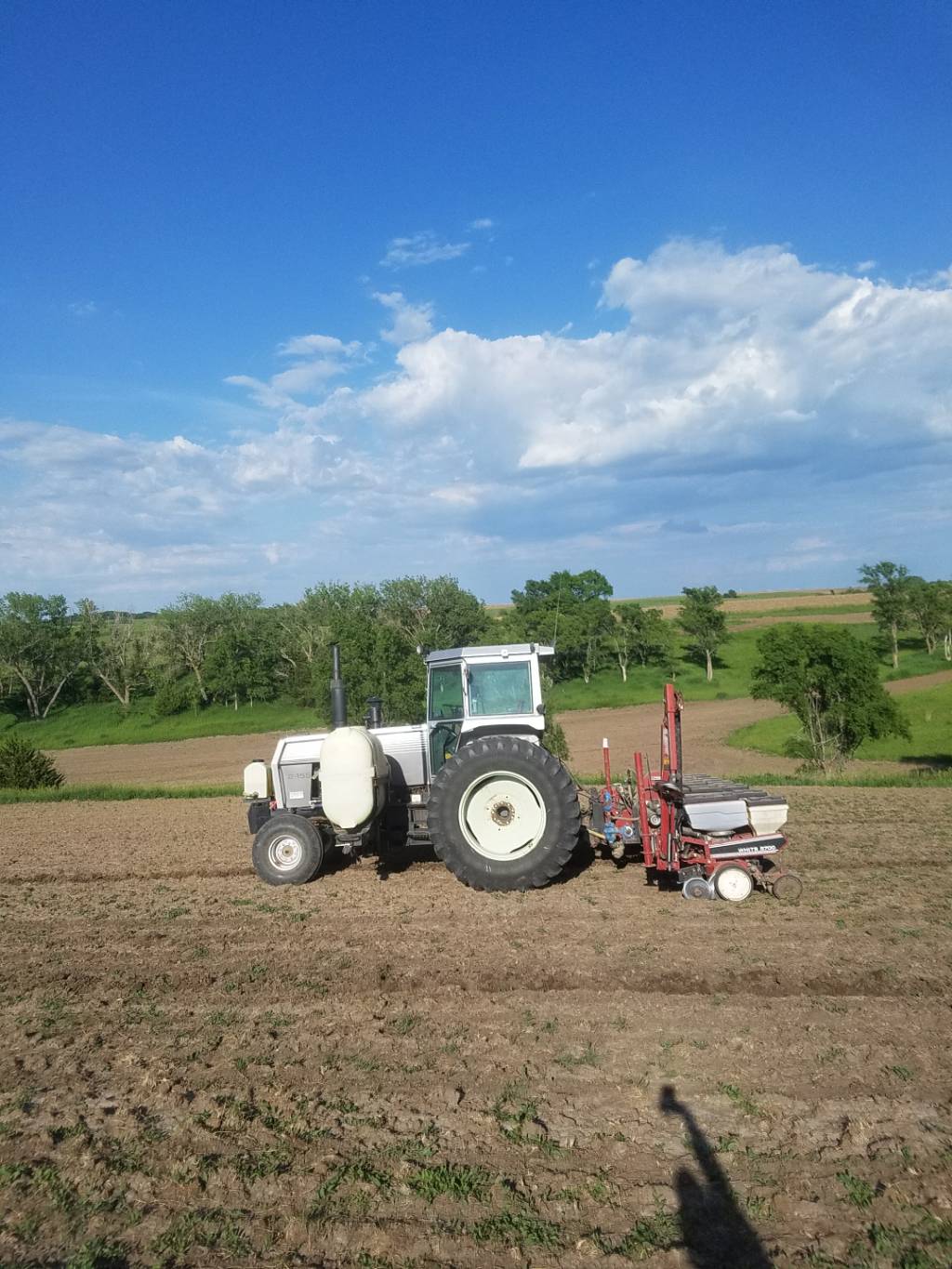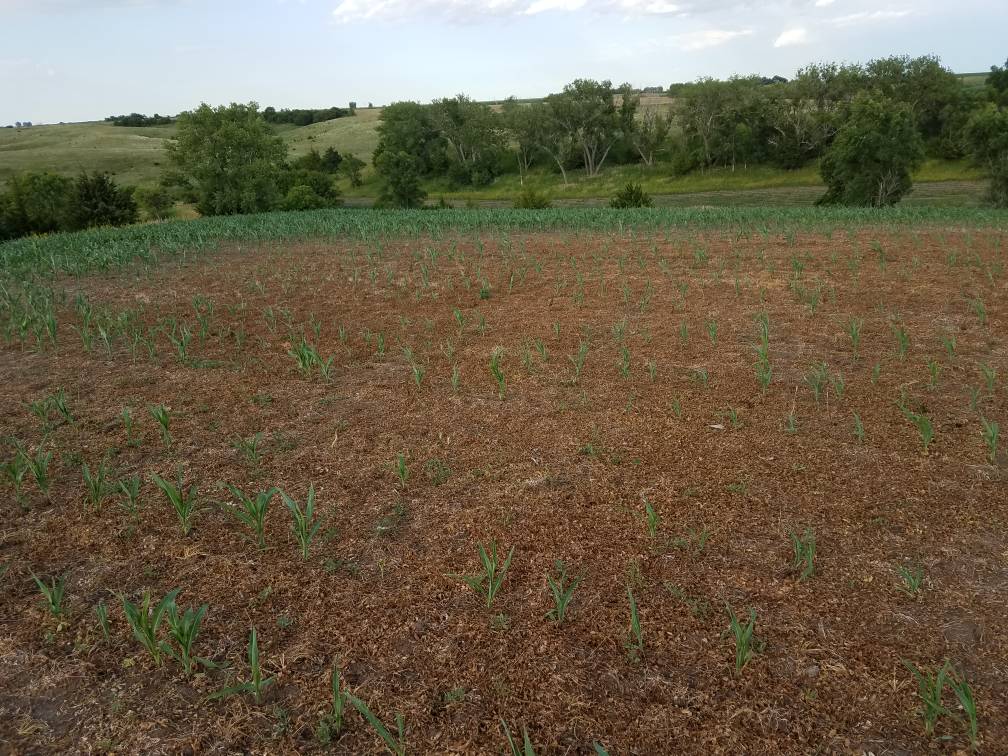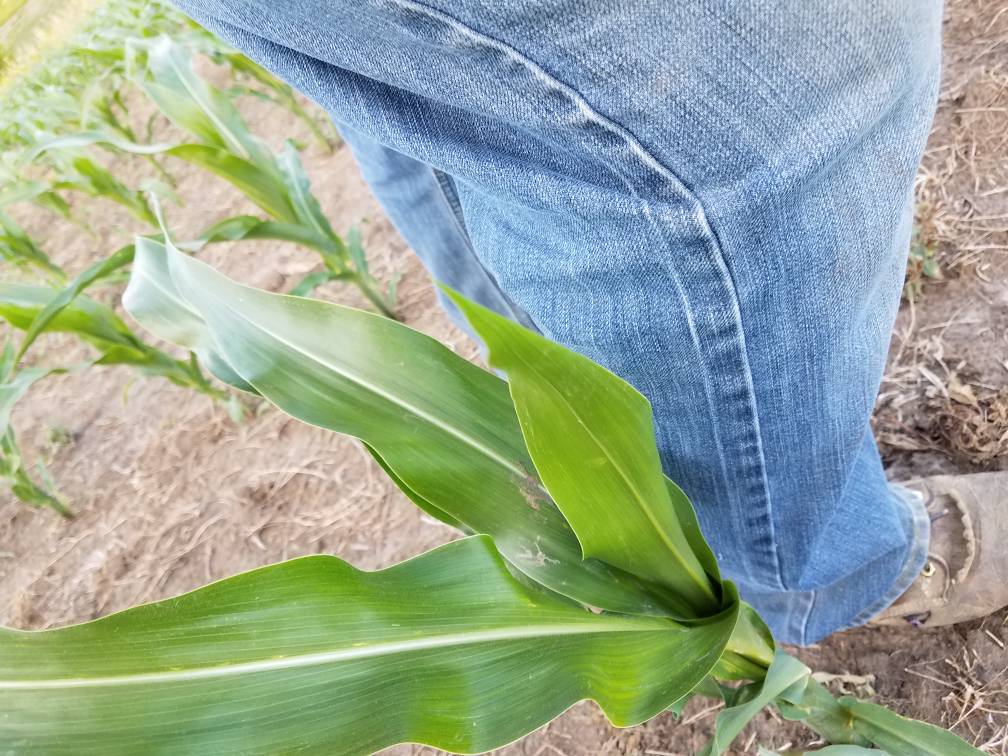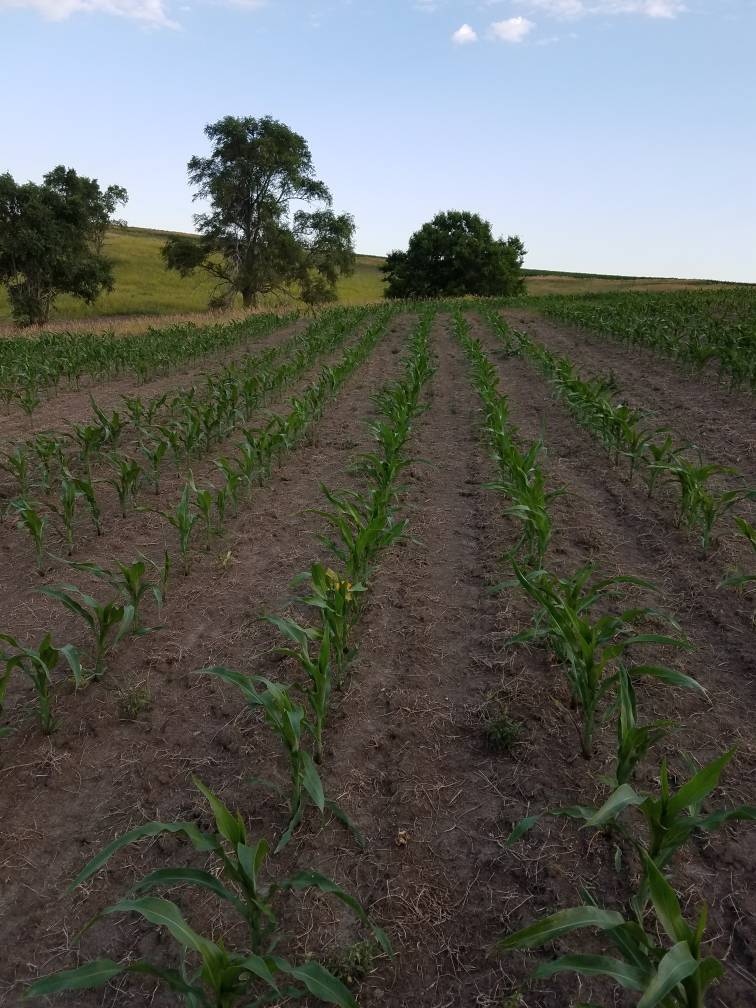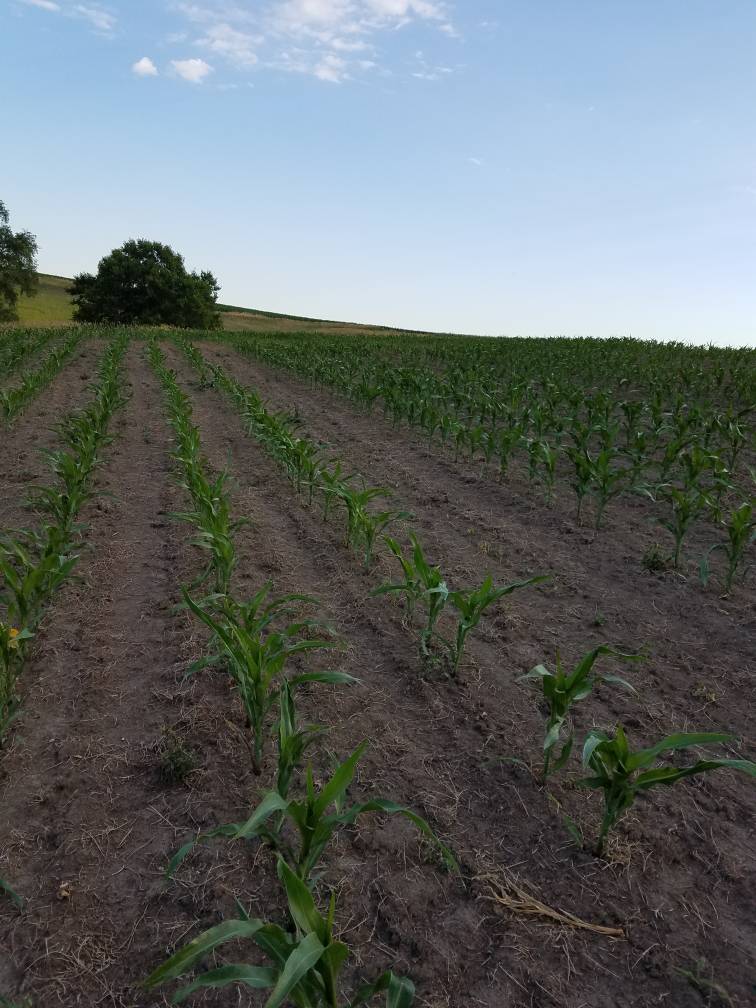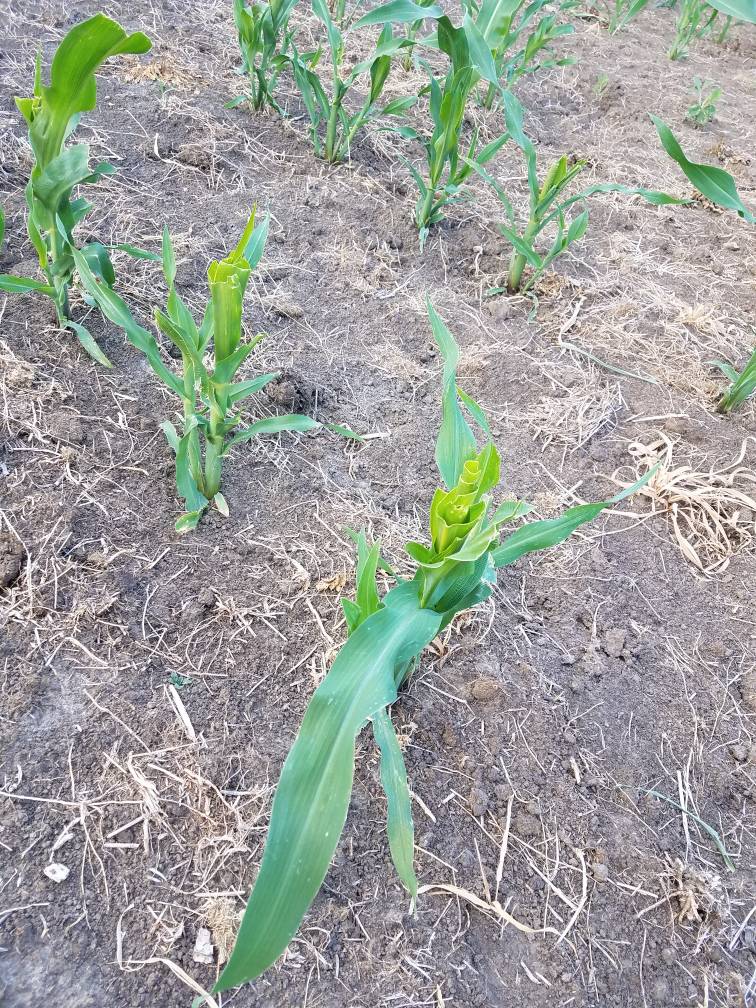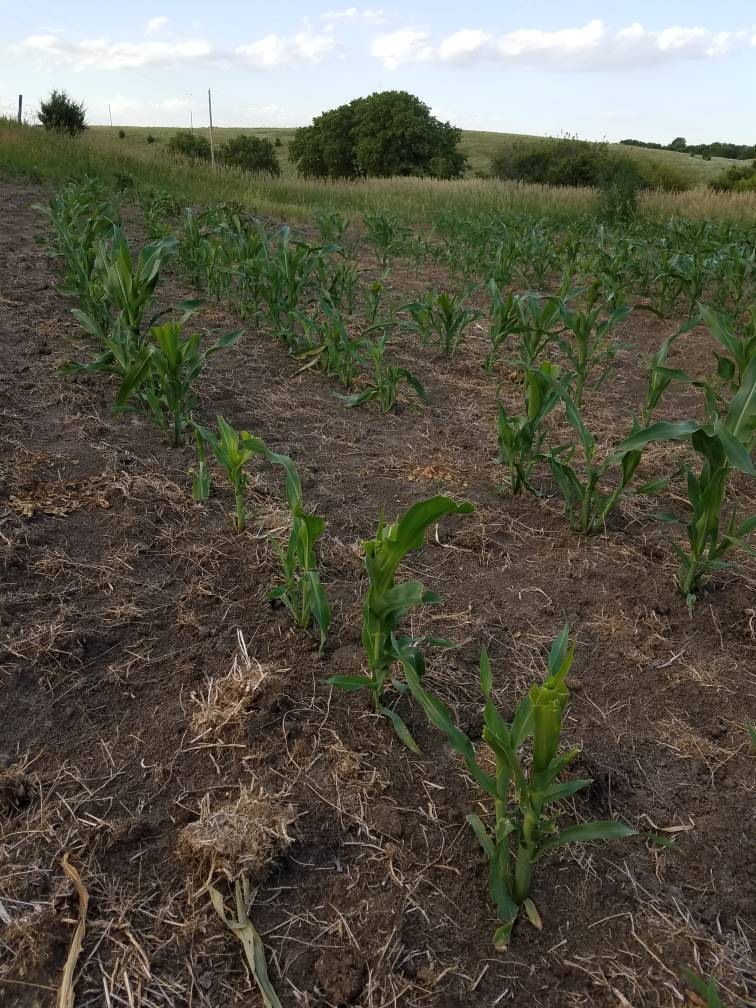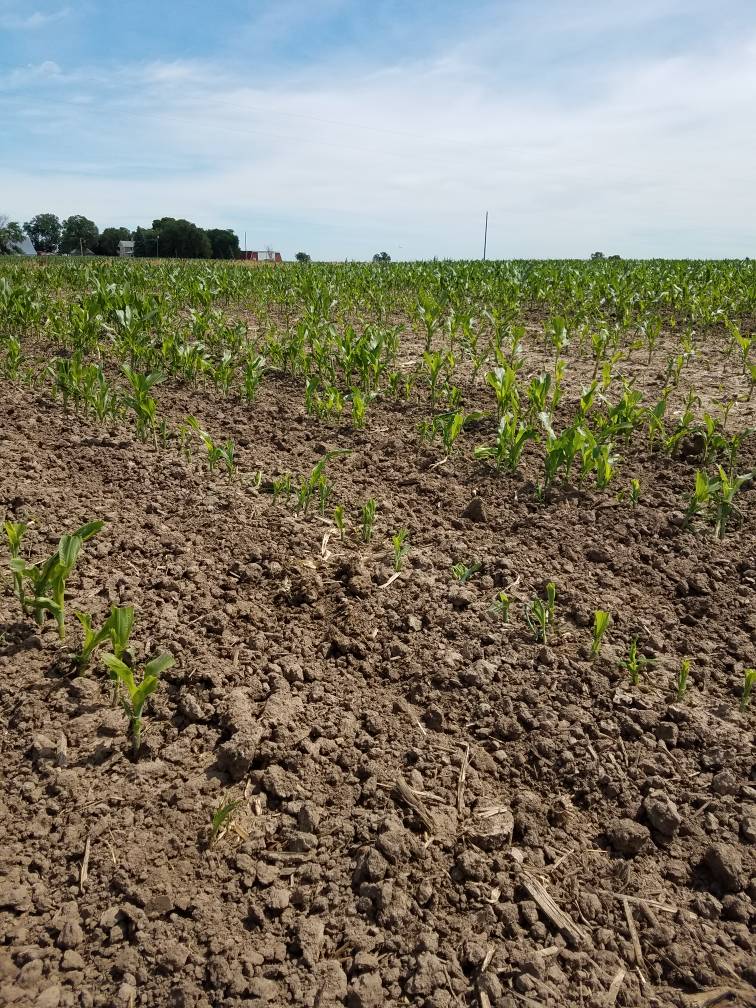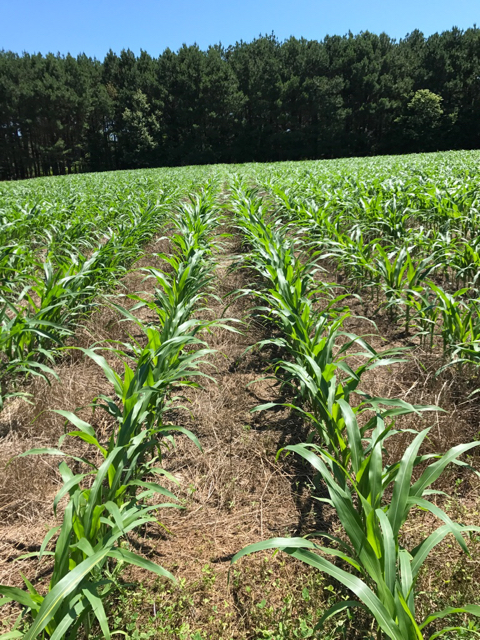bigbluetruck
Active Member
I know that there is a mixed review of corn on this forum, some like it, some don't. I promised (threatened lol) on another thread that I would post about why I feel like it is one of the best things I can plant for a food plot. So here goes nothing!
In Nebraska alone, there is about 9.8 million acres of it grown annually. It creates almost a literal forest, a deer could walk through it for miles without being seen, which is utilized quite a bit by deer for food and cover once it reaches about knee to waist high. Deer will eat the leaves when its small, then they will eat the tassel while its still in the whorl, they will eat the ears when they are young, and again when the ears have dried up. As cover, bucks love it, because it is almost impossible to sneak through without making noise. They often feel extremely safe, every year you hear about someone getting one caught in a corn head on the combine, so apparently they feel safe enough not to run from a huge extremely noisey machine. Its not uncommon for guys to carry a rifle in the combine with them during season and quite a few have been shot off the platform of one. Actually you could easily judge the amount of deer killed every year by the amount of corn that is still in the field.
Corn is widely adapted, fairly heat, drought, and grazing tolerant, and relatively easy to plant. It is also pretty herbicide tolerant, even the non GMO hybrids which makes it a decent choice for new ground. Some downsides are that it does take a fair amount of nutrients, and some say is too expensive. Others say that it doesn't provide as much feed per acre as others species. Some of the other upsides are that its height makes a great screen or even to lead deer under a stand, and no one can deny that it is the best late winter food for deer. A mature standing field of corn can withstand some extremely strong winds, will catch a ton of snow to provide free moisture the next year, and gives the deer access to a food source that they don't have to dig for when the snow is 2-3 ft deep.
So to address some of the negatives. As for being too expensive, I wont disagree that it is one of the more costly but I still think its not as bad as some feel. I get expensive hybrid corn for free when we clean out the planter or switch hybrids. Which is a great option for some, if you have a friend that's a farmer, offer to help him clean out his planter and get it ready for storage in exchange for some seed. You can get $200-300 a bag corn for a little work. Another option would be some of the lesser known companies. Ive heard that you can get seed corn from Rural King for around $150 I think. A final option is to go with a non GMO corn from a place like Albert Lea seeds. I think a bag is around $130. A lot of the hybrids from these companies are the same as the big ones or at least from the same genetics, think of them as the generic versions. They will usually perform right with or sometimes outyeild the big ones.
Seed corn is bagged by the seed count, 80,000 seeds per bag, the smaller the seed the lighter the bag, bigger seed is heavier. Ive seen bags from 45lbs to 65lbs. When planting corn, it prefers rows with row widths from 18" to 40" with 30" being the most common. Normal seeding rates differ in different regions but 15K to 35K is normal. You could go higher or lower but overall yield will suffer and weed control gets harder as population goes down. Here we plant dryland anywhere from 20-25K and irrigated is 30-32K. So a single bag of corn planted at 20K per acre would plant 4 acres or could be used to plant 3 years of 1 acre (you would up the seeding rate because the seed is older). So in reality its not as expensive as one might think.
In Nebraska alone, there is about 9.8 million acres of it grown annually. It creates almost a literal forest, a deer could walk through it for miles without being seen, which is utilized quite a bit by deer for food and cover once it reaches about knee to waist high. Deer will eat the leaves when its small, then they will eat the tassel while its still in the whorl, they will eat the ears when they are young, and again when the ears have dried up. As cover, bucks love it, because it is almost impossible to sneak through without making noise. They often feel extremely safe, every year you hear about someone getting one caught in a corn head on the combine, so apparently they feel safe enough not to run from a huge extremely noisey machine. Its not uncommon for guys to carry a rifle in the combine with them during season and quite a few have been shot off the platform of one. Actually you could easily judge the amount of deer killed every year by the amount of corn that is still in the field.
Corn is widely adapted, fairly heat, drought, and grazing tolerant, and relatively easy to plant. It is also pretty herbicide tolerant, even the non GMO hybrids which makes it a decent choice for new ground. Some downsides are that it does take a fair amount of nutrients, and some say is too expensive. Others say that it doesn't provide as much feed per acre as others species. Some of the other upsides are that its height makes a great screen or even to lead deer under a stand, and no one can deny that it is the best late winter food for deer. A mature standing field of corn can withstand some extremely strong winds, will catch a ton of snow to provide free moisture the next year, and gives the deer access to a food source that they don't have to dig for when the snow is 2-3 ft deep.
So to address some of the negatives. As for being too expensive, I wont disagree that it is one of the more costly but I still think its not as bad as some feel. I get expensive hybrid corn for free when we clean out the planter or switch hybrids. Which is a great option for some, if you have a friend that's a farmer, offer to help him clean out his planter and get it ready for storage in exchange for some seed. You can get $200-300 a bag corn for a little work. Another option would be some of the lesser known companies. Ive heard that you can get seed corn from Rural King for around $150 I think. A final option is to go with a non GMO corn from a place like Albert Lea seeds. I think a bag is around $130. A lot of the hybrids from these companies are the same as the big ones or at least from the same genetics, think of them as the generic versions. They will usually perform right with or sometimes outyeild the big ones.
Seed corn is bagged by the seed count, 80,000 seeds per bag, the smaller the seed the lighter the bag, bigger seed is heavier. Ive seen bags from 45lbs to 65lbs. When planting corn, it prefers rows with row widths from 18" to 40" with 30" being the most common. Normal seeding rates differ in different regions but 15K to 35K is normal. You could go higher or lower but overall yield will suffer and weed control gets harder as population goes down. Here we plant dryland anywhere from 20-25K and irrigated is 30-32K. So a single bag of corn planted at 20K per acre would plant 4 acres or could be used to plant 3 years of 1 acre (you would up the seeding rate because the seed is older). So in reality its not as expensive as one might think.

